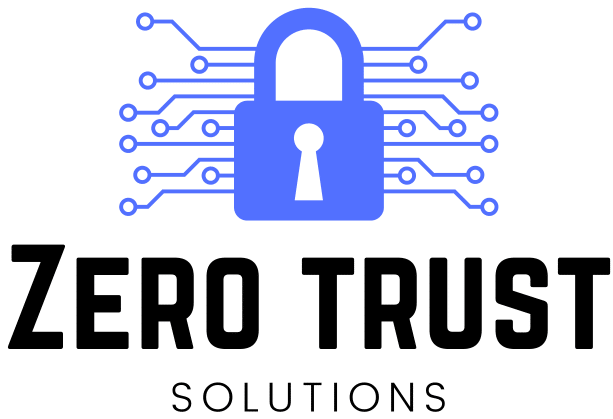
KlinikosMed software helps healthcare providers efficiently record, manage, and analyze patient information. It streamlines the documentation process while ensuring accuracy, security, and compliance.
Here’s what it typically does:
1. Electronic Health Records (EHR) Management – Stores patient histories, treatments, and test results in a digital format.
2. Automated Coding & Billing – Assists in applying accurate medical codes for insurance claims and reimbursement.
4. Templates & Standardized Forms – Provides prebuilt templates for different medical conditions to speed up documentation.
5. Compliance & Audit Support – Helps ensure adherence to HIPAA and other regulatory guidelines.
6. Data Security & Access Control – Implements encryption and user authentication to protect sensitive patient information.
7. Clinical Decision Support – Offers insights and alerts based on patient data to improve medical decisions.
8. Analytics & Reporting – Extracts patterns from documentation to enhance hospital efficiency and patient outcomes.
Clinical documentation software outperforms both paper-based records and spreadsheets in terms of accuracy, efficiency, security, and scalability. Here’s how they compare:






While paper and spreadsheets serve basic documentation needs, they lack automation, security, compliance, and real-time collaboration —all essential for modern hospitals. Clinical documentation software optimizes workflows, enhances accuracy, and protects sensitive patient data.
Copyright © 2025 Zero Trust Solutions – All Rights Reserved.